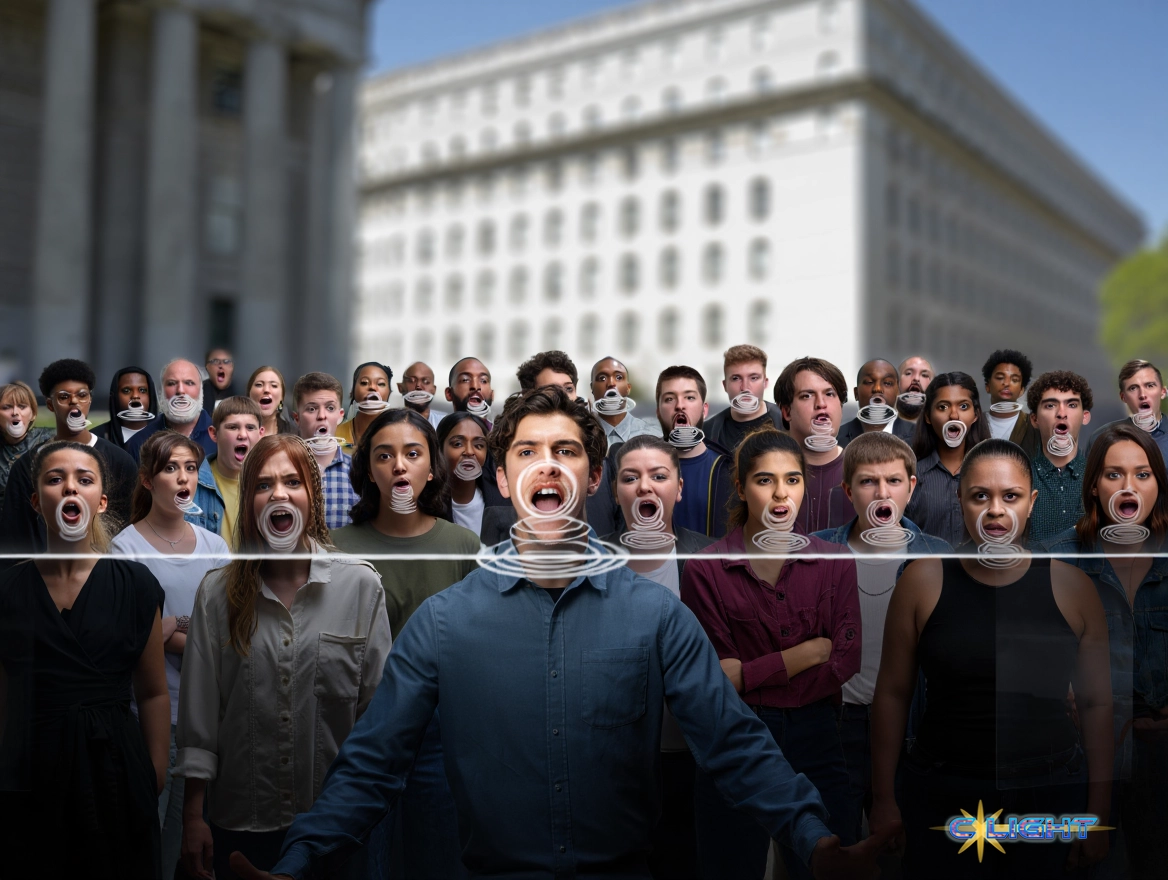Tens of thousands of Americans took to the streets on July 17th, answering the powerful call of civil rights icon John Lewis: “Good Trouble Lives On.” While I couldn’t join them, due to physical therapy, I know many, many others did. They marched, they rallied, they spoke out. Yet, the White House has not acknowledged these protests. This isn’t a sign of weakness on the part of the movement; it’s a chilling indicator that these protests must be bigger, louder, and more disruptive to force accountability and protect the very foundations of our democracy.
The widespread “Good Trouble Lives On” protests, a vibrant and diverse nationwide display of dissent, represent a critical, unacknowledged roar against Felonious Punk’s administration. The White House’s deliberate silence is not a sign of success, but a chilling indicator that these protests must be bigger, louder, and more disruptive to force accountability and protect the very foundations of our democracy.
The Roar Across America: A Movement of Unyielding Dissent
The scale of these protests was undeniable. Over 1,600 events were confirmed across all 50 states, including Alaska and Hawaii, with over 162,000 RSVPs and expectations that “several hundred thousand” people would participate nationwide and in select international locations. This was a “sweeping response,” a scale that “far exceeds that of previous years,” encompassing marches, rallies, candlelight vigils, teach-ins, food drives, direct action trainings, and voter registration drives.
These actions were a direct homage to John Lewis, marking the fifth anniversary of his passing. Lewis’s enduring call for “good trouble, necessary trouble, and redeem the soul of America” served as the rallying cry. From Atlanta, where demonstrators marched toward a memorial to Martin Luther King Jr. and a towering mural of Lewis, to New York, Los Angeles, and Washington, D.C., the spirit of nonviolent resistance was palpable. As Georgia NAACP president Gerald Griggs proclaimed in Atlanta, “We still have a message for that man. In Georgia, no one is above the law. You still have a court date in the fifth district.”
The grievances driving this movement are as diverse as the participants themselves. Protesters voiced their outrage against Felonious Punk’s administration’s mass deportations and aggressive immigration enforcement tactics, including recent raids in Southern California. They condemned the cuts to Medicaid, SNAP, and other vital social safety nets. They spoke out against attacks on civil rights, voting rights, and the targeting of Black and brown Americans, immigrants, and trans people. Public Citizen co-president Lisa Gilbert articulated the profound fear, describing it as “one of the most terrifying moments in our nation’s history,” citing a “rise of authoritarianism and lawlessness within our administration.”
The White House’s Deafening Silence: A Strategy of Dismissal
Despite this widespread mobilization, the White House has remained deafeningly silent. They have not acknowledged these protests. This isn’t an oversight; it’s a deliberate tactic, a strategy of dismissal designed to minimize the protests’ impact and convey an illusion of insignificance. This non-acknowledgment is meant to tell us that our voices don’t matter, that our dissent is a mere inconvenience.
But this silence is a lie. It tells us that they are bothered enough to ignore it, but not bothered enough to change course. Felonious Punk has a long history of dismissing dissent and a “unique animosity” towards figures like John Lewis. His administration thrives on controlling the narrative, and a widespread, unacknowledged movement is a direct threat to that control. Their silence isn’t a sign of strength; it’s a sign that our actions are hitting a nerve, but not yet hitting it hard enough to force a public response or a policy shift.

The Imperative for Louder, More Disruptive Action
This is why the White House’s silence “tells me that they need to be bigger and make even more noise so that we’re drawing more attention to this horrible administration.” We cannot afford to be politely ignored. We must embrace “good trouble” in its fullest sense, as John Lewis exemplified: actions designed to disrupt and inconvenience those in power, to make it impossible for them to look away.
This means going beyond just gathering. It means making even more noise, engaging in creative, nonviolent disruptions that force the issues into the public consciousness and onto the agendas of those in power. The goal is to make “local, state and federal elected officials… feel uncomfortable maintaining the stance they have.” This discomfort is the engine of change.
The stakes are too high. As Lisa Gilbert warned, we are facing a “rise of authoritarianism and lawlessness,” and fundamental challenges to “the rights, freedoms and expectations of our very democracy.” This is a fight for the future of civil rights, social justice, and the very ability to hold power accountable. We cannot afford to lose it.

The Unyielding Spirit of Democracy
The “Good Trouble Lives On” protests are a powerful, widespread, and deeply motivated display of democratic dissent. Despite the White House’s deliberate silence, the roar of the people is undeniable. John Lewis’s legacy is not just a memory; it is a living, breathing imperative. The silence from Washington is not a sign of victory, but a clarion call for the people to get even louder, to demand that their voices are not just heard, but obeyed.
Let us join, let us amplify, let us engage in “good trouble.” Every voice, every presence, every act of nonviolent disruption contributes to forcing accountability. The fight for justice continues, and it is up to us to ensure that the silence from the White House is shattered by the unyielding spirit of a truly engaged democracy.
Discover more from Clight Morning Analysis
Subscribe to get the latest posts sent to your email.










